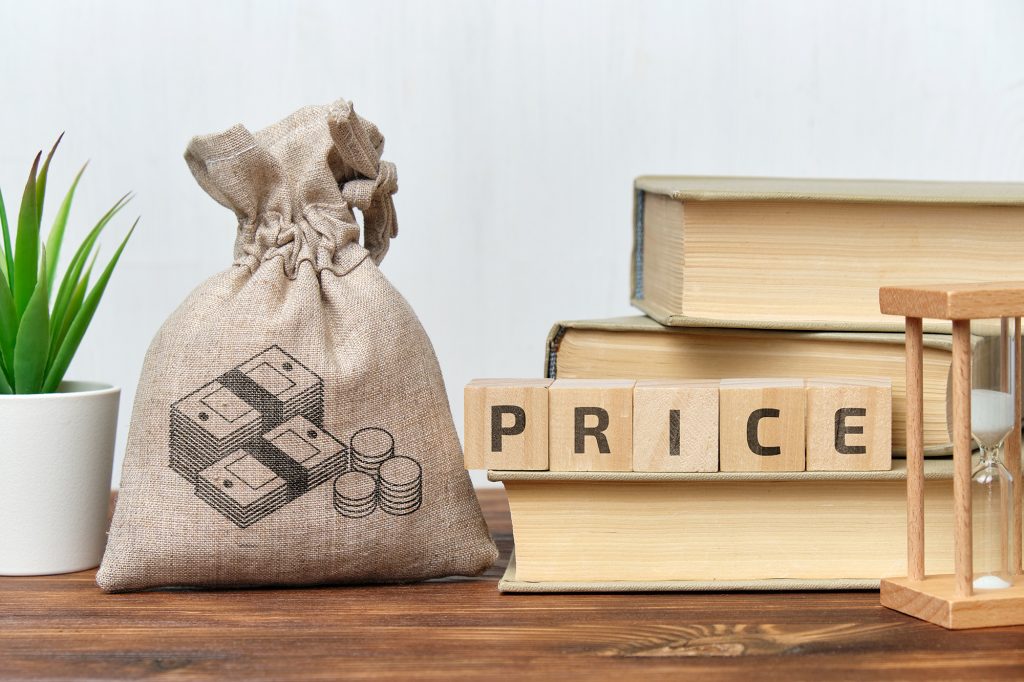It is an understatement to say that sugar prices have had an interesting year so far. We’ve seen a steady rise in the sugar price since the low-point of September 2019, through to the first months of 2020, followed by a quick return to last year’s levels. That steep drop was in part due to the crisis on the oil market, followed in turn by the impact of the covid-19 outbreak. The lowest price for 2020 – and indeed the lowest point for over a decade – was reached in late April. Looking at current rates however, sugar decreased a mere 0.27 Cents/LB or 2.06% since the turn of the year, according to trading on a contract for difference (CFD) that tracks the benchmark market for this commodity. Since the start of the summer, it has risen above the low-point of 2019 once more. A brief overview, plus expectations for the months to come.

Oil crisis and Covid-19
After about six month of steady increases, sugar prices on the world market returned to pre-year levels in late March due to the crisis on the oil market. The sugar market was mainly pulled down by the falling oil prices and soon hit the lowest quotation since the beginning of December 2019. Since the oil price has halved, the sharp fall in prices on the international sugar market had also been set in motion. Because of those low oil prices, Brazil in particular produced less ethanol from sugar cane and therefore had more sugar available for the consumer market. An effect that was amplified by the corona crisis.
Nothing has shaken up the commodity markets like the covid-19 outbreak in a very long time. Falling food and fuel demand from the pandemic has led to weakening prices across the complex, as well as logistical complications. As the pandemic continued, the impact on consumption and overall uncertainty ahead is a threat to European players. The sugar market had rallied from 10cts to 15cts/lb in 5 months as expectations of a decent sized deficit for the 2019/20 season were growing. That was before the global pandemic. Consumption growth quickly turned negative due to lockdowns and demand destruction. The foremost impact then has been the disappearance of deficits.
Continued price pressure
There is the aforementioned effect – the availability of Brazilian sugar – combined with all the restrictions worldwide, but also much less fuel is used and therefore there is less demand for ethanol. The drop in demand due to the corona crisis, the low ethanol price and the high availability mean that sugar prices on the world market were to remain under pressure for the time being, the Economic Bureau of ABN Amro has stated in an analysis for soft commodities. In addition to sugar, these include coffee and cocoa. Fallen demand for these raw materials in March was abrupt. A rapid recovery is not yet to be expected because of all the uncertainties surrounding Covid-19.
Due to fallen demand, the availability of sugar on the world market is more than sufficient. It is true that the consumption of sugar at home has increased since corona. But according to the analysts at ABN AMRO, this is not enough to compensate for lower ethanol consumption and the consumption of sugar outside the home. It has led to large stocks and price pressure on the sugar market. The production of sugar and ethanol depends heavily on the price level of both products. The price of ethanol depends on the oil price, which is relatively low after the outbreak of the corona virus. This means, among other things, that Brazilian ethanol producers have little financial incentive to produce ethanol.
As long as the ethanol price remains relatively low, sugar production will increase. This is especially true for Brazil. On the supply side of the sugar market, the higher sugar production in Brazil is offset by lower yields in Thailand, Russia and the European Union. If the demand for sugar increases again in the coming months, this will support price formation. At any rate, the need for a robust risk management process has clearly been showcased through the course of the year.
An important if not vital instrument for commodity traders in today’s industry is our own CTRM software. Agiblocks CTRM is the first Commodity Trade and Risk Management software solution that simplifies the daily practices of commodity trade professionals. It has been developed with the single goal of making your fixed routine of commodity trading and risk management more efficient, especially during these uncertain times.
Agiblocks demo
Experience our CTRM software solution for free and get a front-row seat to all the benefits Agiblocks has to offer with our free demo. The full range of Agiblocks functionality is available within the demo environment for your browsing leisure. Familiarize yourself with the tools and features of our powerful and agile software solution and find out how you can make the daily practices of commodity trade and risk management more efficient.
Fill out the form here and we will get back to you.

